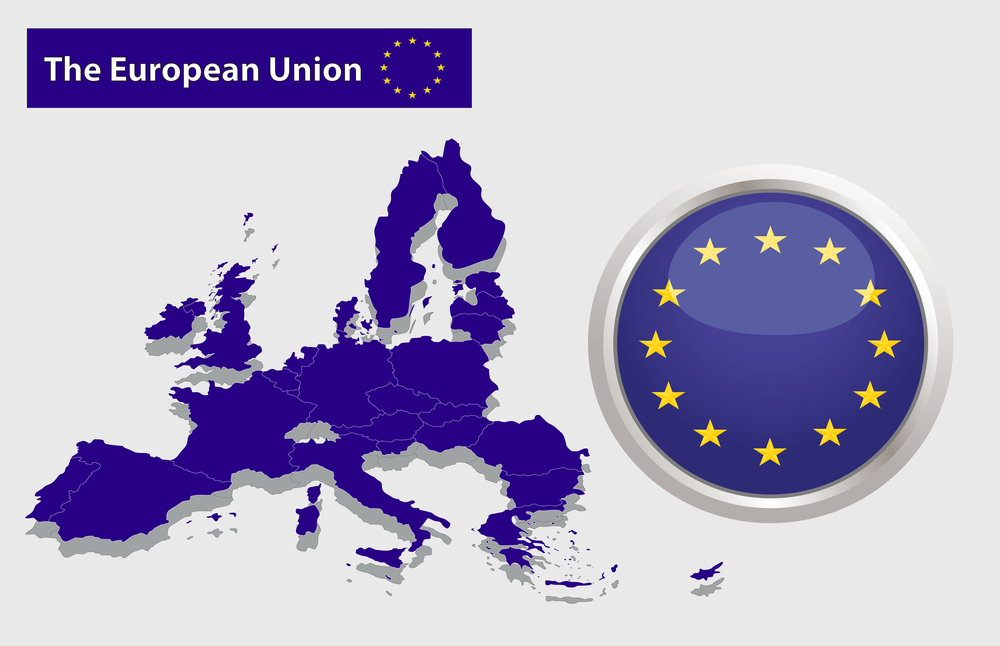The Fed Meeting is Overshadowing European Politics

Please note that we are not authorised to provide any investment advice. The content on this page is for information purposes only.
Yellow lights are flashing. Bonds remain heavy despite a weak spate of data that would seem to remove nearly any chance that Fed will hike rates next week. The implications of the disappointing retail sales data indicates that estimates for Q3 GDP will be revised lower.
This quarter does not seem to be the breakout that had appeared to be the case previously. The output from industrial sector, which accounts for a little less than GDP fell in August, and the July gains were shaved in revision.
Yellow lights are flashing. Bonds remain heavy despite a weak spate of data that would seem to remove nearly any chance that Fed will hike rates next week. The implications of the disappointing retail sales data indicates that estimates for Q3 GDP will be revised lower.
This quarter does not seem to be the breakout that had appeared to be the case previously. The output from industrial sector, which accounts for a little less than GDP fell in August, and the July gains were shaved in revision.
There were reports that might have blunted the negativity, but they seem overshadowed by the other reports. Both the September Philadelphia and Empire State Fed surveys, which are part of the first readings the market receives for a new month, showed serially gains that exceeded expectations. The US economy is still snapping the nine-month below trend growth period, but it is not doing it with a punctuation point.
My calculations suggest that at an implied yield of three-quarters of a basis point, the September Fed funds futures has about an 11% chance of a hike discount. The CME, where the contract is traded, estimates it at 12%. Bloomberg’s WIRP has it 18% and has been consistently running higher than the CME and my calculations over the past few weeks.
There is a greater chance that Trump is elected than the Fed hikes rates next week. Nate Silver’s fivethirtyeight.com blog puts the odds at 37.4% currently based solely on the polls. If one adds to its economic and historical data, the odds edge up to 38.5%. Trump has narrowed the gap, which now stands at the smallest since late-July.
St. Louis Fed President Bullard has sketched out the idea that the economy moves in certain paradigms, which are characterized by a stable (predictable) relationships between variables, such as unemployment and inflation. As practitioners, we have to assume the paradigm holds in the short-term. I think this is a broadly useful way of thinking about the economy. In my work (that will so be published as a book!) I have suggested a model of based on such macro-paradigms (what I call cash registers) covering the Bretton Woods era, the breakdown, the Reagan-Thatcher era, the breakdown, and the period that lies ahead.
Perhaps it is what some think of as the fractal nature of the market; these paradigms are evident in other shorter periods as well. It is important to distinguish between noise and the normal fluctuations from the signal of a change in relationships. The rise in yields, with long-term yields rising more than short-term yields, what bonds traders call a bearish steepening, is a yellow light flashing. It is signaling of a potential turn in the market’s reaction function.
The European Summit in Bratislava strikes me more as the beginning of the discussion rather than a platform for decisive action. Maybe the Berlin election is more important. Merkel’s CDU was trounced a couple of weeks ago in her home state of Mecklenburg-Vorpommern. It came in third behind the AfD. Nevertheless, the state will continue to be run by a SPU-CDU coalition.
Berlin is a different story. The CDU are polling around 18%, down on average one percentage point a year since the last election. It is holding on to a small lead over the AfD, which is drawing around 14% support in the polls. This would count as a victory for the AfD, which would then be represented in ten of Germany’s 16 state parliaments.
The SPD are polling around 25%. This would be the lowest in years, as Germany too is experiencing some political fragmentation. Nevertheless, the SPD will lead the next government. If the CDU do a bit worse, and the Greens and Left parties do a bit better, a case may be made for the center-left coalition government without the CDU. This could be important for next year’s national election. A particularly poor showing by the CDU, the second in a row, will antagonize the CSU, which is critical of Merkel’s immigration policy. Although the CDU and CSU have been strong allies, Berlin could widen the growing fissure and lead to it running, or at least threatening to run, its own candidate for Chancellor.
Merkel will tack to the right, which seems to be already taking place. Domestically, it has begun as law-and-order. In European politics, a hardline is likely. The idea that the UK government can collect its thoughts before invoking Article 50 and begin before French and German elections take place seems a trifle naive. That train left the station. German (and French) domestic politics are already impacting.
Yellow Lights are Flashing is republished with permission from Marc to Market




